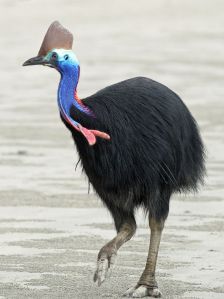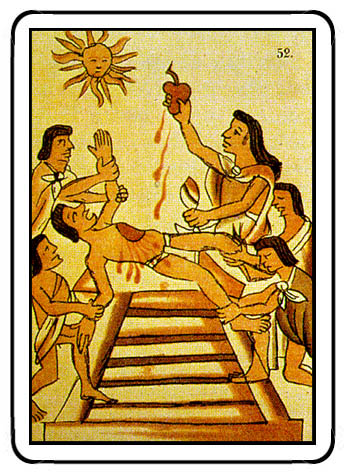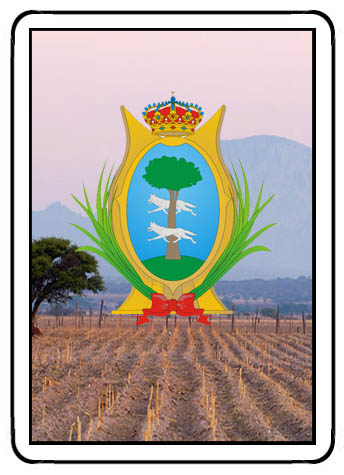So, my students prepared for their loteria creation by watching watching videos
on Safari Montage and on Discovery Education. I also had them go through the Carole Marsh CRCT Prep book, which is to the point and a great resource. The videos had a lot of great things to identify, such as strange animals and landmarks.
But, since it was close to the end of school, I thought I needed to step it up a bit. That’s where Amazon Video on Demand comes in. The first thing I found was a series called “Bite Me” with Dr. Mike. This crazy man goes around finding venomous plants and animals and trying out the venom and irritants on himself. Then, he tells you what it feels like… Here’s the blurb:
Virologist and intrepid explorer Dr. Mike Leahy is on a high-stakes mission to meet the maddest and deadliest creatures on the planet. In this 8-episode installment, join Dr. Mike as he puts his body on the line against an army of exotic pests whose bites, sprays, and stings promise much more than rash. From fire ants and vampire bats in Brazil, to venomous lizards in the jungles of Borneo, to acid-spraying scorpions in India, Dr. Mike will subject himself to the full brunt of nature’s wrath in the name of scientific understanding — even if it means swallowing a tapeworm cyst in Hanoi! Down the hatch!
I showed episode 6 of Season 1 – Coastal Australia. One of my students said that it was the best video they had ever seen at school. Oh, make sure you get all school videos approved, of course. 😉 Episode 4 shows the Australian Outback, but the images are much grosser and have more to do with viruses and fungi you can get from sheep and other animals… I chose not to show that.
Another good series is Bizarre Foods with Andrew Zimmern. Here’s the blurb from Season 4, Episode 5 (Sydney):
Andrew goes snorkeling, spear fishing and visits a farm where they “pamper” their cattle. He ventures to the Sydney Fish Market where he finds things even he has never tasted before, such as Morton Bay and Balamain Bugs, Flathead Fish and Spanner Crabs.
There is also another episode about the Outback (Season 4, Episode 3):
Andrew heads into the Australian Outback where he eats wallaby with some Aborigines, samples crocodile cooked on the barbie and helps thin out the huge populartion of poisonous cane toads by making them into a meal.
I told my students to do their best on spelling the names of the things they thought should go in the Loteria deck. I also put some of the words on the board. Then we talked about the traditional food and plant and animal cards in the original Don Clemente deck and what items we would substitute from Down Under.
There is a need to show a spectrum of foods, famous people, cultural icons, everyday items, musical instruments, and other things – slang words are good – so that the entire loteria is not animals. That’s an easy thing to do in Australia, where there are so many bizarre fauna. You may have to have them vote on what animals should go in the deck.










 teria journey.
teria journey. opal – Here is
opal – Here is 
 “crown-like.”
“crown-like.”



 29 El tambor –
29 El tambor – 
 l –
l – 